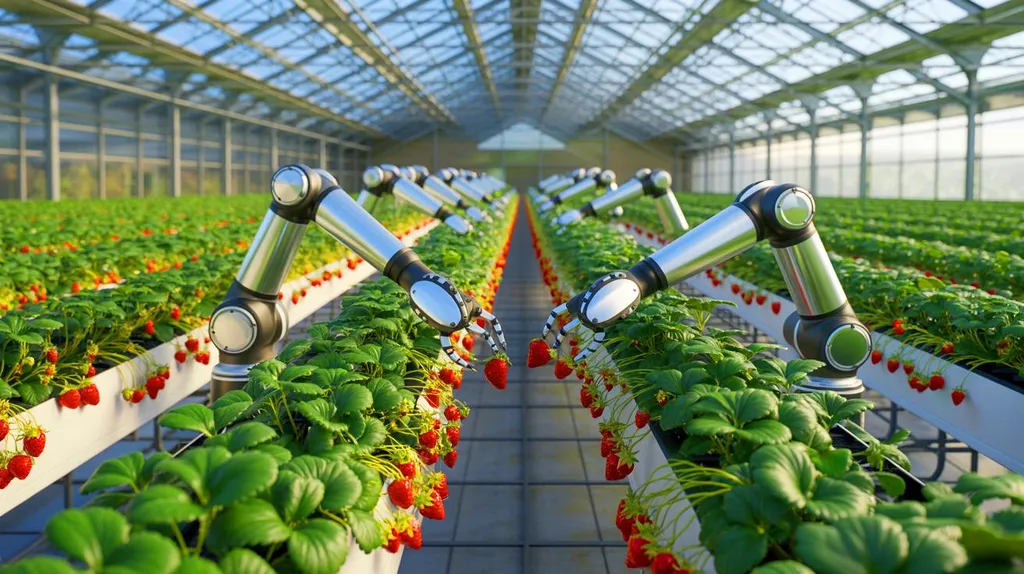In the heart of Spain, researchers are cultivating a revolution in agriculture that could reshape how we grow crops and manage resources. Roemi Fernández, a lead scientist at the Centre for Automation and Robotics (UPM-CSIC) in Madrid, is spearheading a project that merges artificial intelligence, robotics, and digital twin technology to create a smarter, more sustainable future for horticulture. The project, DigiHortiRobot, is not just about growing plants; it’s about growing a new era of precision and efficiency in farming.
DigiHortiRobot is an innovative AI-driven digital twin architecture designed specifically for hydroponic greenhouse systems. Imagine a virtual replica of a physical greenhouse, where every plant, every sensor, and every robotic arm is mirrored in a digital environment. This digital twin allows for real-time monitoring, predictive modeling, and autonomous task execution, all while maintaining a feedback loop that continuously refines the system’s performance.
The system is structured into three phases: monitoring and data acquisition, decision support and virtual simulation, and autonomous execution. “This modular approach allows us to integrate real-time sensing, predictive modeling, and robotic automation within a single framework,” Fernández explains. “It’s like having a brain that can see, think, and act, all at the same time.”
The Physical Layer of DigiHortiRobot encompasses the crops, infrastructure, and a mobile dual-arm robot. The virtual layer incorporates semantic modeling and simulation environments, while the synchronization layer enables continuous bi-directional communication via a nine-tier IoT architecture inspired by FIWARE standards. This intricate setup allows for closed-loop coordination among perception, simulation, and action, supporting real-time task adaptation in dynamic environments.
One of the most compelling aspects of DigiHortiRobot is its potential to optimize horticultural workflows such as seeding and harvesting. The system’s robot task assignment algorithm supports operational autonomy while maintaining human oversight, allowing farmers to interact remotely through cloud-based interfaces. “This technology can significantly reduce the labor intensity of horticulture while increasing yield and quality,” Fernández notes.
The implications for the energy sector are substantial. By optimizing resource use and improving efficiency, DigiHortiRobot can contribute to more sustainable and energy-efficient agricultural practices. This is particularly relevant as the world grapples with the challenges of climate change and the need for sustainable energy solutions.
Experimental validation in a hydroponic greenhouse confirmed the system’s robust performance in both seeding and harvesting operations, achieving over 90% accuracy in localizing target elements and successfully executing planned tasks. These results provide a strong foundation for future research in predictive control, semantic environment modeling, and scalable deployment of autonomous systems for high-value crop production.
Published in the journal *Future Internet* (translated from Spanish as *Internet del Futuro*), this research represents a significant step forward in the integration of digital twin technology with robotic automation. As Fernández and her team continue to refine and expand the capabilities of DigiHortiRobot, the potential for transforming agriculture and contributing to a more sustainable future becomes increasingly evident. This is not just about growing plants; it’s about growing a smarter, more efficient, and more sustainable world.

